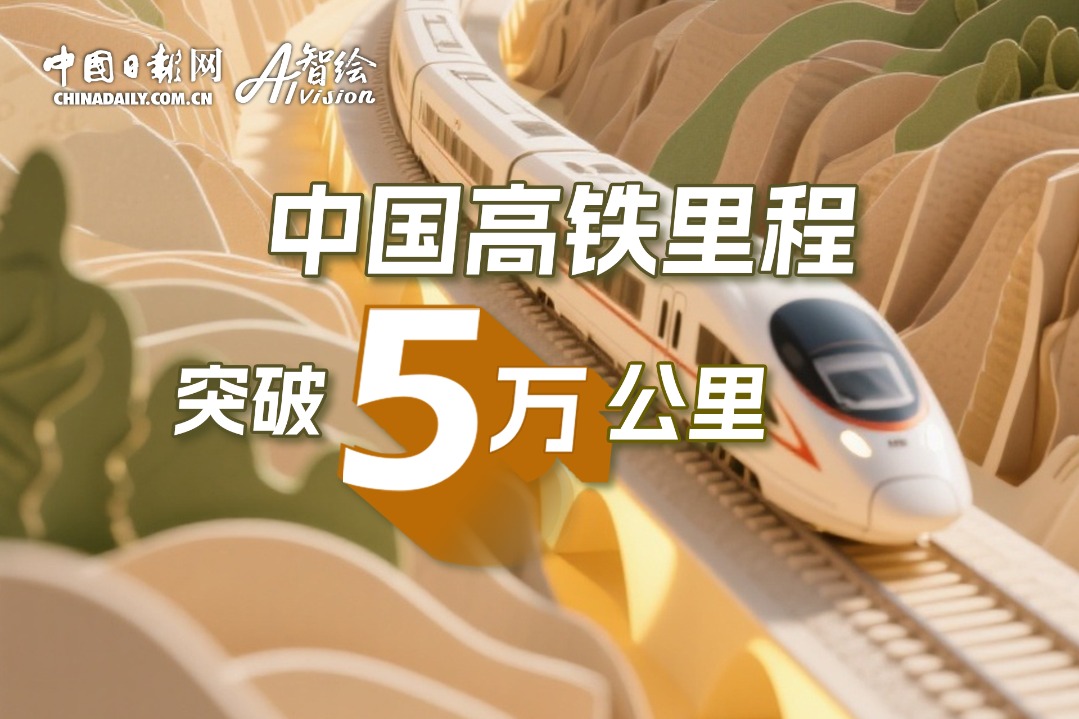Better structure debt for greater efficiency

To realize the targets set by the 14th Five-Year Plan (2021-25), the government must manage its debts well and control its debt risks. Therefore, it is necessary to optimize the government debt structure.
Some think that government debt thwarts the development of productivity and increases the burden on the nation. Others believe as long as the government debt is controlled within a reasonable range, it is conducive to boosting demand and growth.
How much debt the government can raise should be determined by the practical conditions of the country. Both the size and the structure of the debt should be well managed. Whether it is conducive to enhancing economic power and stimulating economic potential, and whether it is conducive to the healthy operation of the macroeconomy are the basic criteria for judging the risk and safety of government debt.
The main problem with Chinese government debt is its structure. The large-scale hidden debts not only increases development costs but also puts greater pressure on fiscal operations. The hidden debt squeezes the operating space for fiscal policy, thereby raising policy costs. Also the unreasonable macro debt structure increases the cost of national development undermining the country's competitiveness.
That said, to reduce the economy's overall operation costs and improve the effects of financial policies, the country has to optimize its debt structure. On the one hand, local government debt, particularly the hidden debt, has to be reduced through asset sales, asset swaps, stock rights transfer and asset securitization. On the other hand, the central government should take more responsibilities for fueling growth, boosting demand and cultivating future development potential.
Local governments should better integrate all kinds of financial funds so they do not rely on selling land to raise funds.
The provincial authorities should do more to help county-level governments, the main provider of public services, to reduce their implicit debts.
Also, governments of various levels should pave the way for private investors to invest in public infrastructure and services by removing the institutional obstacles, lowering taxes and reducing transaction costs in a bid to reduce the financial burden on governments.
- 21ST CENTURY BUSINESS HERALD
Today's Top News
- Iconic hall reopens after decade-long renovation
- High-speed rail reaches 50,000 km milestone
- China puts sanctions on US defense firms, execs
- Sanctions show China's resolve to safeguard its sovereignty and territorial integrity
- China OKs three action plans to build pilot zones for a Beautiful China
- CPC leadership meeting stresses steadfast implementation of eight-point decision on improving conduct






























